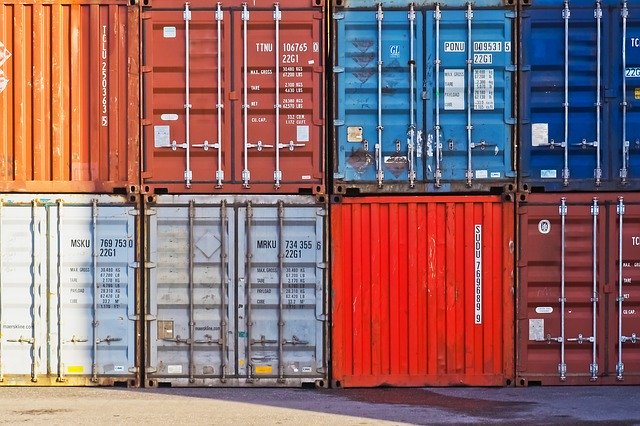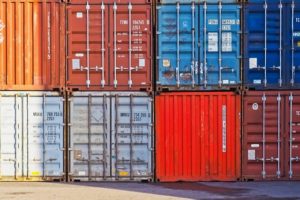

The Philippine economy has fallen into technical recession as gross domestic product plummeted 16.5% in the second quarter of 2020, the country’s lowest recorded quarterly growth since 1981 as the months-long pandemic quarantines take their toll.
The 16.5% drop followed a 0.7% slump in the first quarter of the year, bringing first-semester contraction to 9%.
With two consecutive quarters of decline, the country has entered into technical recession, its first since 1991.
In a statement, Finance Secretary Carlos Dominguez III said “the first semester GDP would have shrunk by 2.5 percentage points more than it did, or a total of 11.5 percent versus the actual 9 percent” had it not been for government’s “continued and increased public-sector spending, especially on infrastructure, public health, and social protection.”
Acting Socioeconomic Planning Secretary Karl Kendrick Chua in a media briefing on August 6 said the economy will likely shrink 5.5% this year, lower than the 2% to 3.4% forecast back in May.
Chua said the government’s decision to place the country under community quarantine during the period was “worth the lives saved,” but it came at a great cost with the shutdown of around 75% of economic activity.
“Without doubt, the pandemic and its adverse effect on the economy are testing the economy like never before,” Chua said.
He added, “But unlike past crises, the Philippines is now in a much stronger position to address the crisis.”
Dominguez said a “strong rebound” is projected by the Development Budget Coordination Committee in 2021. “And as I have reported to the President, we will be able to afford mass vaccination of as many as 20 million of the poorest Filipinos, when the vaccine becomes available, which hopefully will be soon.”
According to the Philippine Statistics Authority (PSA), the main contributors to the economy’s decline in the second quarter were manufacturing (-21.3%); construction, (33.5%); and transportation and storage (-59.2%).
Among the major economic sectors, only agriculture, forestry, and fishing increased, eking out a 1.6% growth. Industry and services decreased by 22.9% and 15.8%, respectively.
On the expenditure side, major items that declined were household final consumption expenditure (-15.5%); gross capital formation (-53.5%); exports (-37%); and imports (-40%).
Government final consumption expenditure was a bright spot, posting positive growth of 22.1%.
Updated August 6, 2020, 3:25pm, to include statement of Finance Secretary Carlos Dominguez III.




